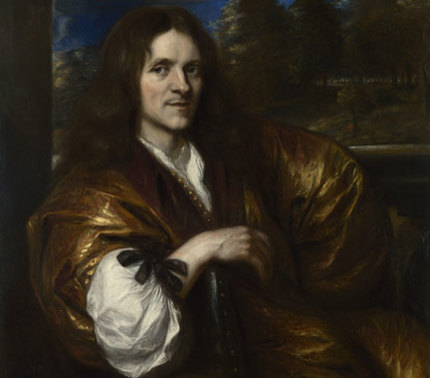A Dutch Golden Age Painter, Jan Lievens, was born on 24 October 1607. He was closely associated with contemporary Rembrandt, who was just a year older. Jan was the son of Lieven Hendrisksze, who was a Tapestry worker. Joris Verschoten trained him. He was sent for two full years at the age of 10. When he attained his 12, he began his career as an independent artist.
Talent at such a young age brought him fame and recognition. When he copied Democriet & Herakliet by Cornelis Van Haarlem (illustration), he was recognized for the same. However, the copy is lost now. Everyone admired the artwork and portrait of his mother, Machtelt Jans van Noortzant. British court invited Lievens when he was just 24.
Early life
Jan was born in Leiden and shared his birthplace with Rembrandt, a year older than him. He was very much into paintings and making portraits. He took an apprenticeship under Joris van Schooten at the age of 8.
Lievens moved to Amsterdam two years later, in 1617, to proceed with his education with the renowned history painter Pieter Lastman (1583–1633). He dwelled there for two years, making significant progress in art. When he came to Leiden in 1619, he was just 12 then.
His Collaborations
Jan collaborated with Rembrandt van Rijin for five years. Also, he shared a studio that gave competition in the attribution of works from his period. Their collaboration was represented in approximately two dozen paintings, drawings, and etchings.

Lievens showcased his talent for painting on a life-size scale. Both Lievens and Rembrandt were different in their approaches. Rembrandt was more expressive, and Lievens was more inventive and innovative than Rembrandt. They shared the same platform till 1631. They split when Rembrandt had to move to Amsterdam and Lievens went to England.
Later Life
Jan settled in Antwerp when he returned from England. He married the daughter of the sculptor, Suzanna Colyn de Nole, on 23 December 1638. He won numerous commissions from royalty, city halls, and Mayor. According to Houbraken, a Continence of Scipio was painted for the Leiden city hall, and a poem by Joost van den Vondel was composed in honor of a painting. He painted for the Mayor’s Bureau of the Amsterdam city hall (now the Royal Palace of Amsterdam) in 1661.

In March 1644, Lievens settled himself in Amsterdam; he was into the debt trap and was at the mercy of Antwerp’s creditors. He died in June 1674 due to poverty and was cremated in the Nieuwe Kerk in Amsterdam.
Lievens did not receive recognition after his death. This event is partly explained by his career’s character, by the wide-ranging styles in which he worked, and by the fact that many of his reasonable paintings have been mistakenly correlated to other artists, including Rembrandt.
Also Read: Brian Greene, a former mathematics prodigy
Creative Content Writer at GCPA | Experienced in Content Writing Feel free to contact me at Team@139.84.133.140

